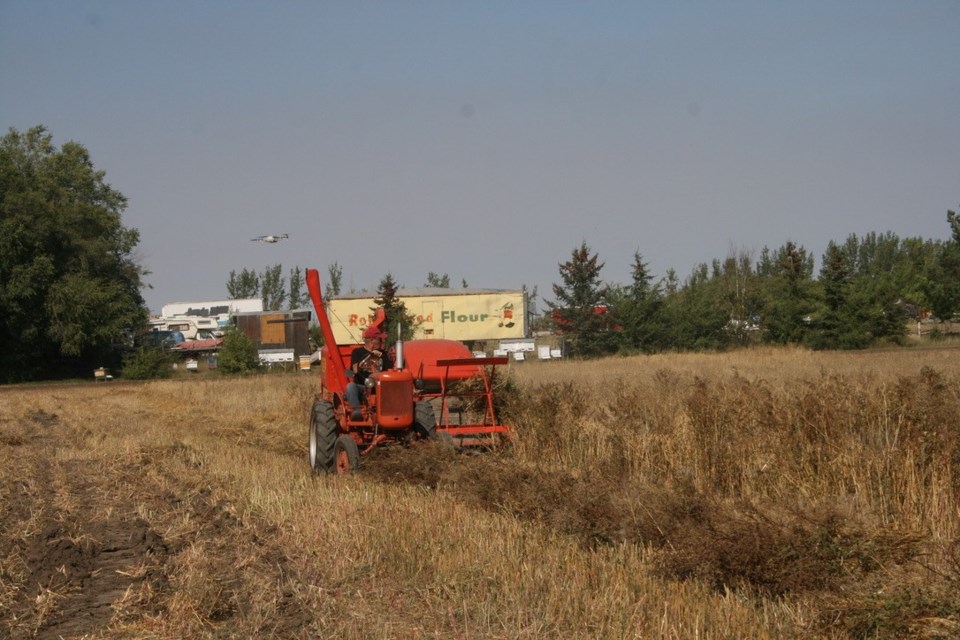Inflation of materials and labour costs put pressure on all sectors in the food manufacturing industry.
The consequence of higher commodity prices caused by war and drought have driven food manufacturer’s gross margins to the lowest level in 20 years, says a report by Steve Baruk, economist with Farm Credit Canada.
Higher food prices last year caused Canadians to spend their savings built up during the previous two years of pandemic.
“The labour market tightened as businesses looked to boost production… causing unemployment to reach record lows and increasing wages,’’ Baruk said.
Repeated interest rate increases by the Bank of Canada added pressure on gross margins.
Gross margins across the food sector fell by one-tenth last year from margins in 2021.
Closure of 863 restaurants between June and November 2022 impacted demand for food products.
Average wages in food manufacturing were up 10.6 per cent last year, while the national average increased 3.6 per cent
The food manufacturing price index was up 10.2 per cent, compared with the consumer price increase of 6.6 per cent.
Adding pressure was increased food imports costing domestic food manufacturers 1.5 per cent market share as a diversified population sought more imported foods.
The food and beverage outlook report predicts a 2.2 per cent increase in sales by food manufacturers this year with a slight improvement in margins.
Different parts of the food industry will perform better or worse. Grain and oilseed milling and meat products are expected to outperform the average while animal food, seasonings, and snack products/confections will under-perform.
In meat products, beef and pork consumption will fall one per cent with chicken down two per cent.
Live chicken prices rose 11 per cent in 2022 after rising 13 per cent in 2021. Cattle prices rose 16 per cent after rising 9 per cent in 2021. Hog prices rose seven per cent in 2022 after rising 29 per cent in 2021.
“Canadian manufacturers managed higher costs and prevented retail prices from climbing even more than observed at retail.’’
Manufacturing price inflation will stay about the same as supply chain and labour supply issues are resolved.
Retail dairy inflation will stay about the same but well above the five-year 1.3 per cent average.
Grain and oilseed prices increased 25 per cent last year, almost all from higher commodity prices. Gross margins will improve this year with a 4.5 per cent sales increase.
Sugar and confections sales will decline 1.3 per cent this year after 15 per cent annual increase for the last two years.
Food and vegetables and specialty foods sales will increase 5.8 per cent - less than half last year’s pace. Competition will reduce margins.
Dairy product sales, up eight per cent this year, will see about the same inflation as last year.
“Alcoholic beverage manufacturing margins are expected to be relatively flat as it is difficult to pass on higher costs in the highly competitive industry.’’
FCC forecasts a challenging 2023 for brewers, which could lead to some consolidation. Competitive upside may help wineries as the loonie erased all 2022 gains against the Euro.
Bakery products sales increase of 5.8 per cent this year will be about half last year’s increase.
“Cookies and crackers, baked desserts and certain bread products all saw volume increases for the year – a win considering the consumer shift towards restaurants and the effects of high food inflation.”
Products such as croutons, breadcrumbs and pizza dough recorded the biggest volume declines in 2022.
Seafood sales, down last year from a lower catch, will increase by almost 10 per cent.
Ron Walter can be reached at [email protected]




